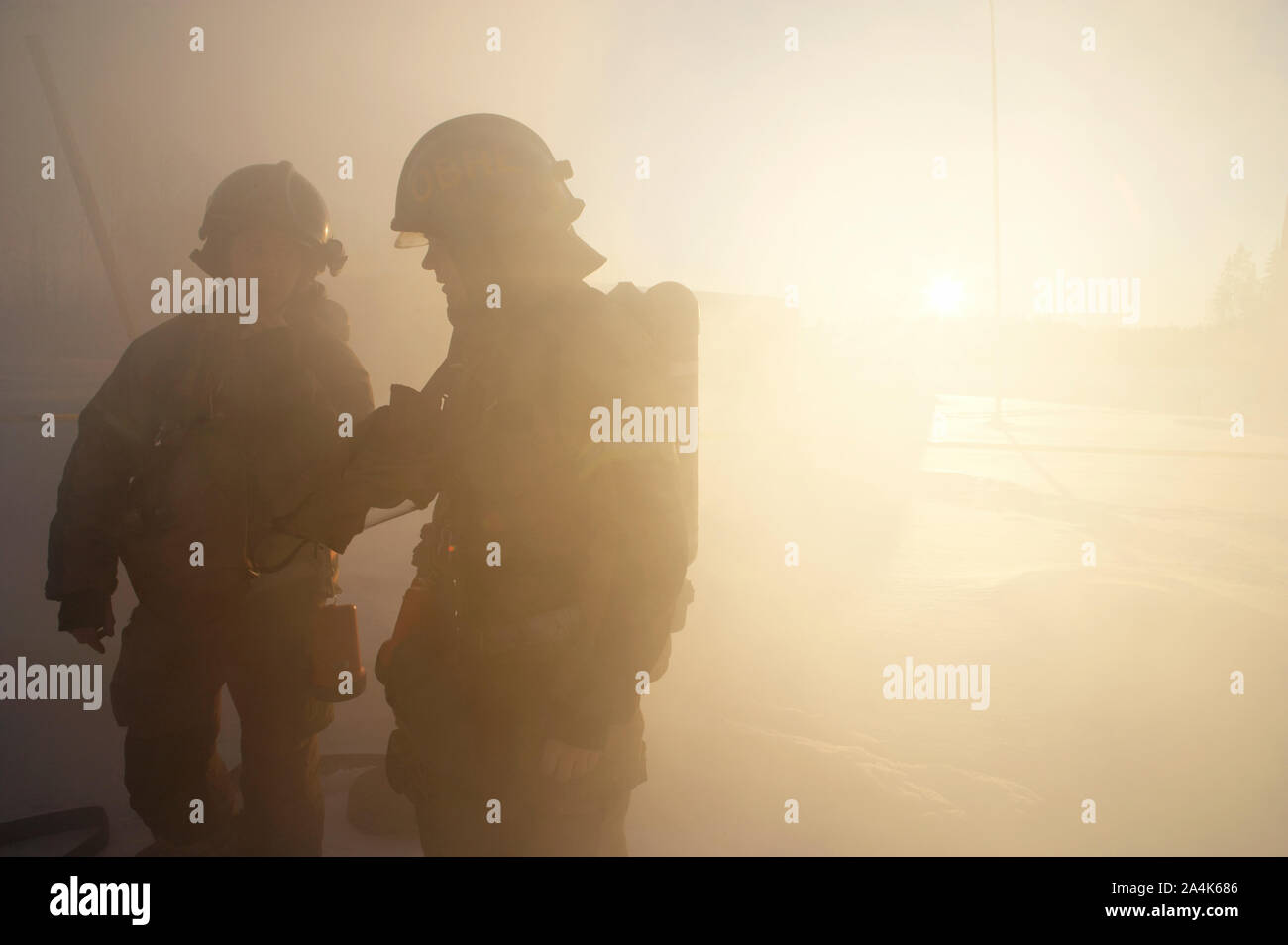Fire safety is a top priority for any property owner. Essential aspects of fire safety are automatic fire suppression systems and fire brigade training. While sprinkler systems suppress flames rapidly, trained fire brigades ensure swift action.
How Do Sprinkler Systems Work?
Fire sprinklers act automatically by delivering water when heat activates them. Fire safety heads responds individually, localizing the response.

Critical aspects of fire sprinklers include:
- Sprinkler heads: Activate water flow to combat fires.
- Water transport system: Connects water sources to sprinklers.
- Control systems: Manage sprinkler operations.
- Emergency water tanks: Offers steady water pressure.
Qual a desvantagem da rede de sprinklers?
The Importance of Emergency Preparedness Programs
Emergency response drills educates personnel to handle fire emergencies. Fire readiness courses develop confidence, improving outcomes during crisis scenarios.

Essential features of fire brigade training include:
- Hazard identification training: Identifying safety concerns.
- Escape route planning: Ensuring everyone knows how to leave safely.
- Using firefighting tools: Training with extinguishers.
- Group decision-making: Working together effectively.
combate a incendio sprinklerredes de sprinklers
The Synergy Between Fire Suppression and Emergency Training
Using automatic fire suppression with fire team readiness provides unmatched safety. Automatic systems work as the first line of defense, while trained fire brigades handle complex scenarios.

Uniting tools and expertise offers unparalleled fire safety for residential areas, offices, and industrial facilities alike.
Why Sprinkler Systems and Fire Brigade Training Are Essential
Investing in sprinkler systems and organizing emergency preparedness programs offers long-term benefits. Together, these methods mitigate fire risks.
Start improving your fire safety today by installing a sprinkler system and initiating fire brigade training. Preparedness is the key to protection!